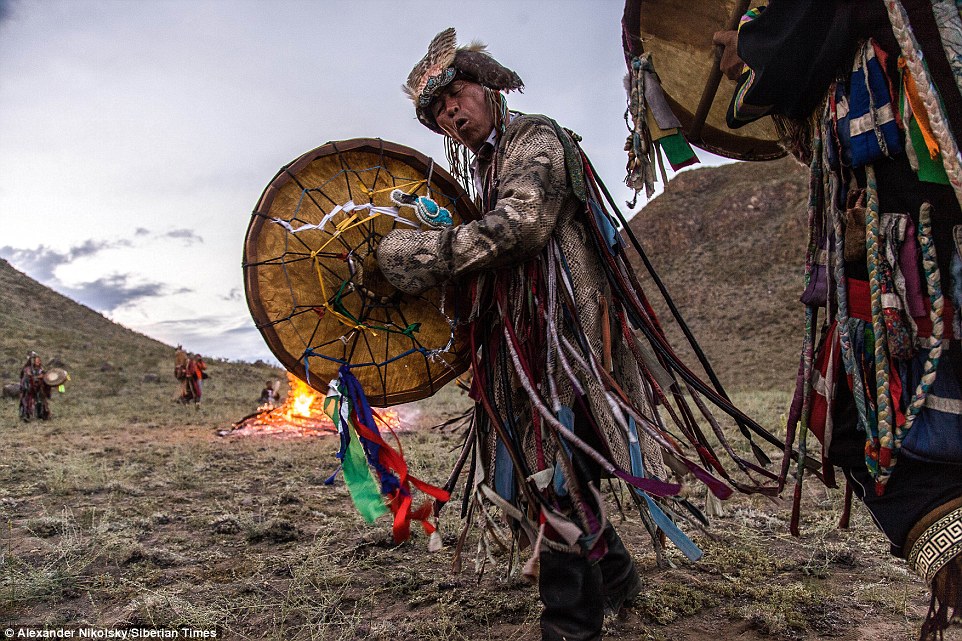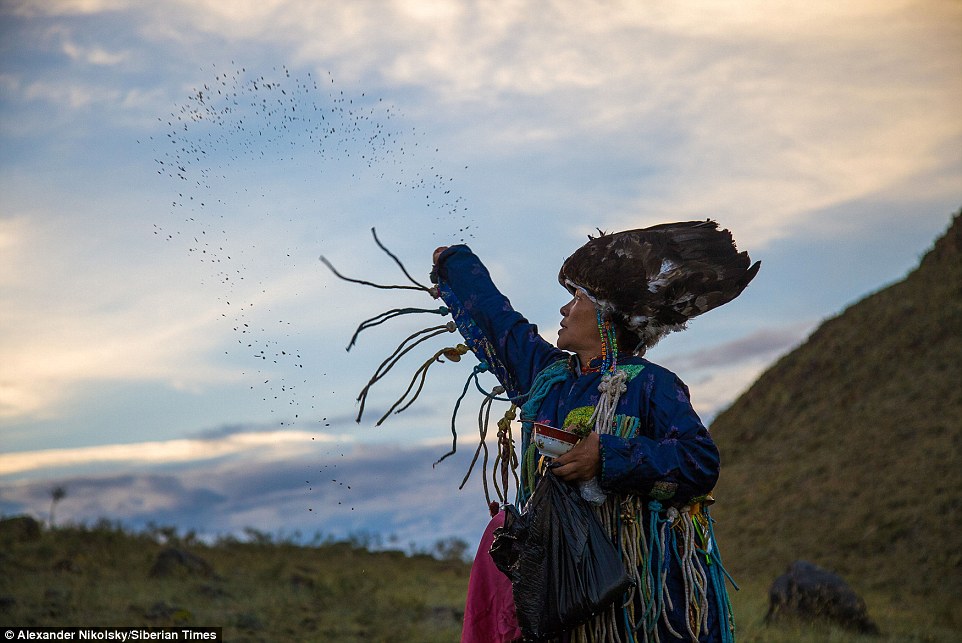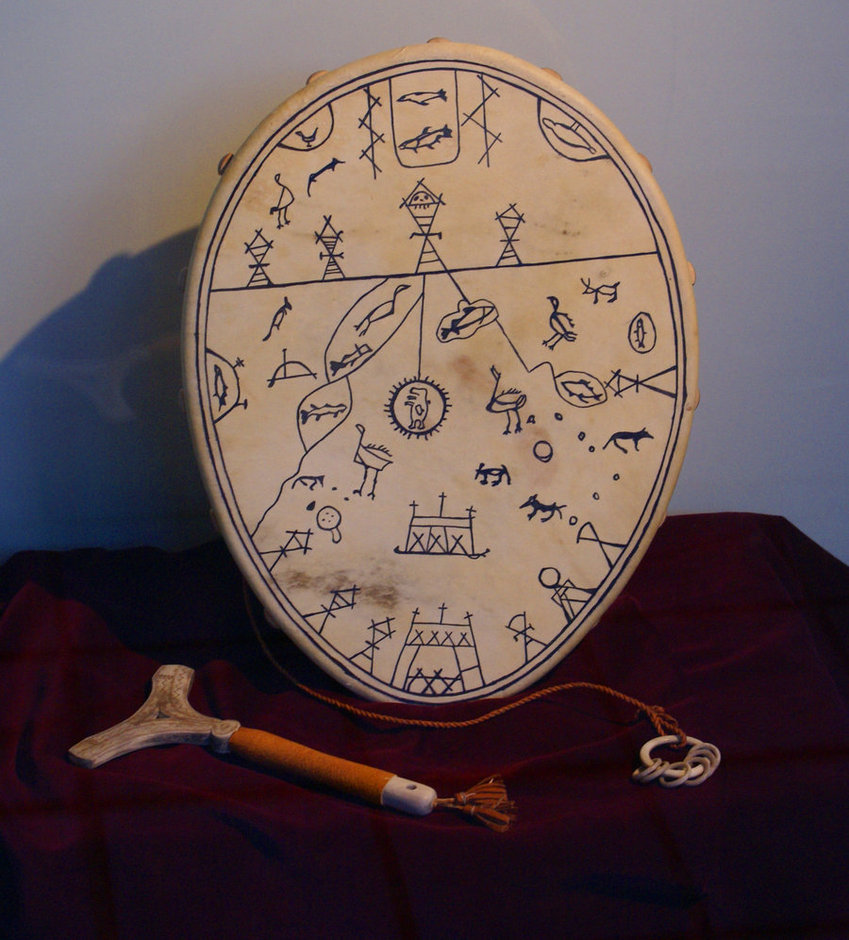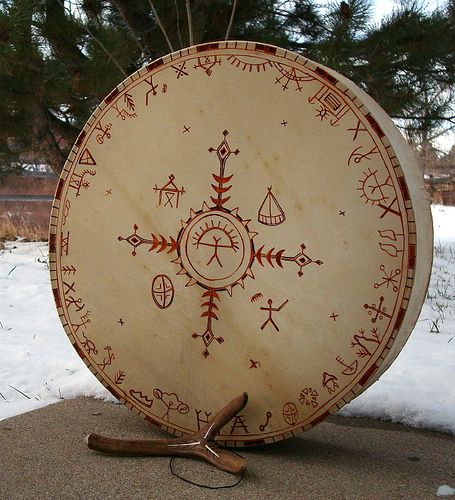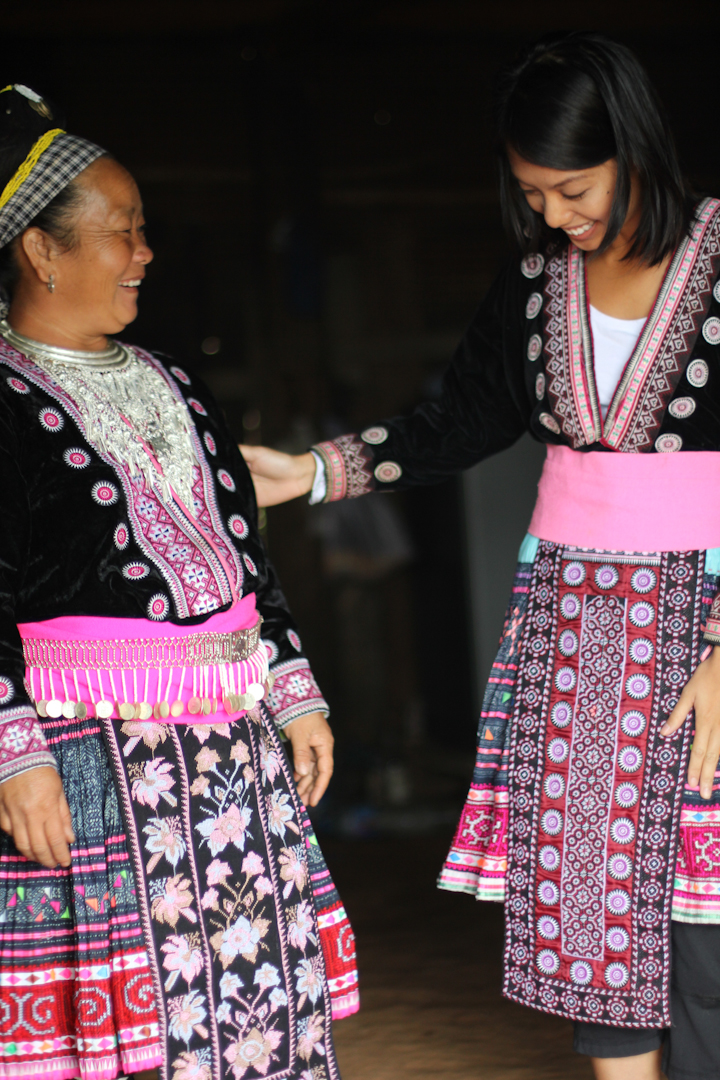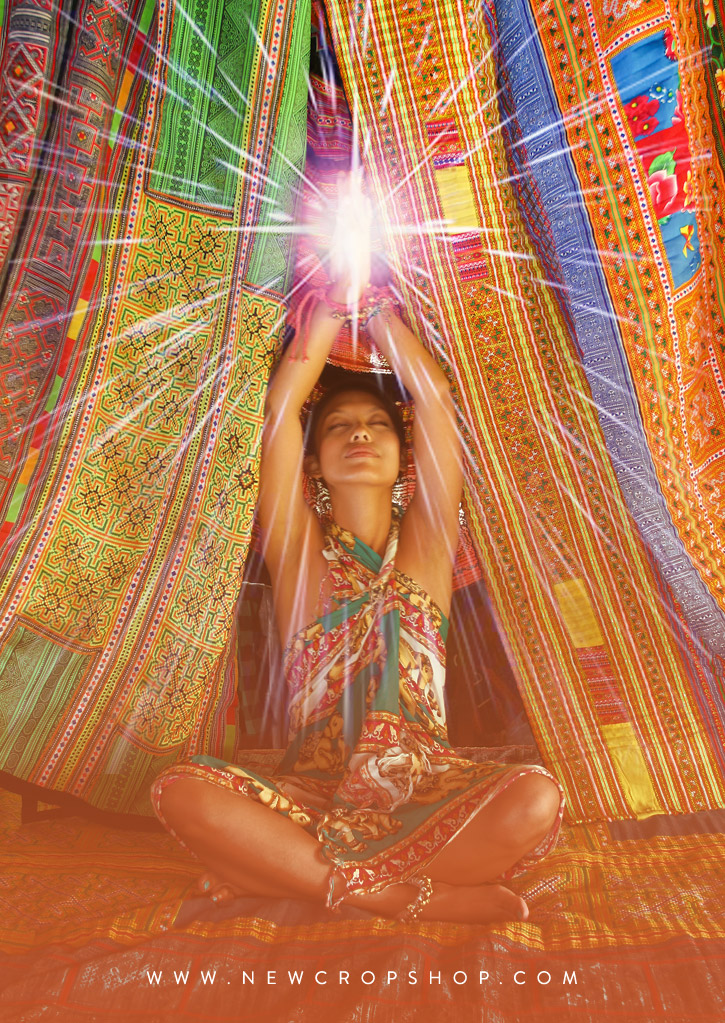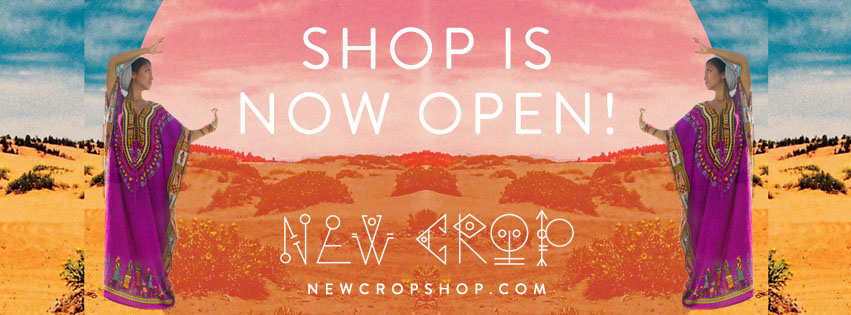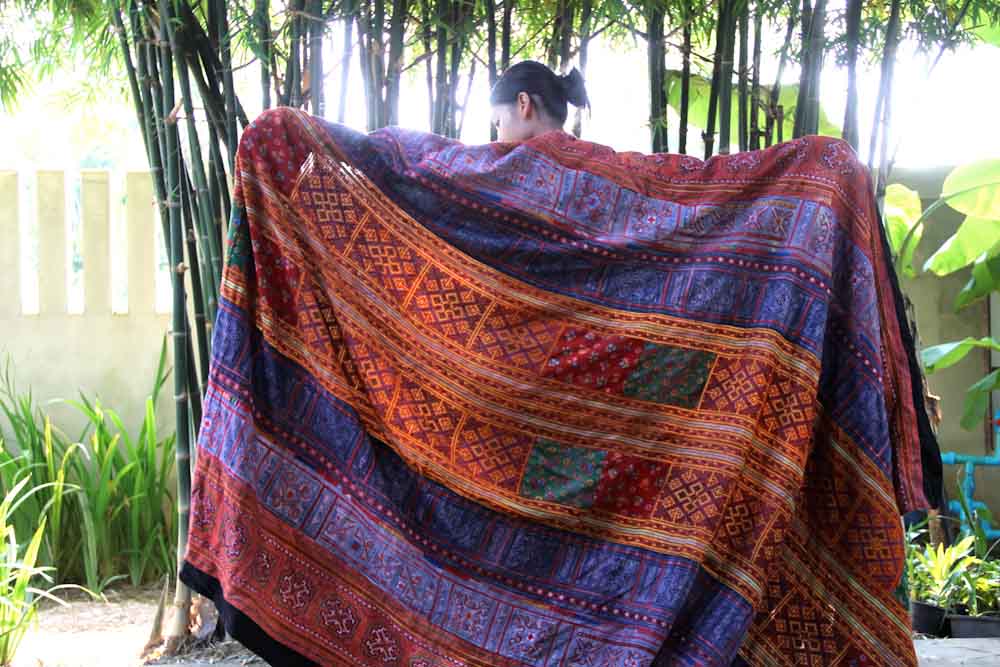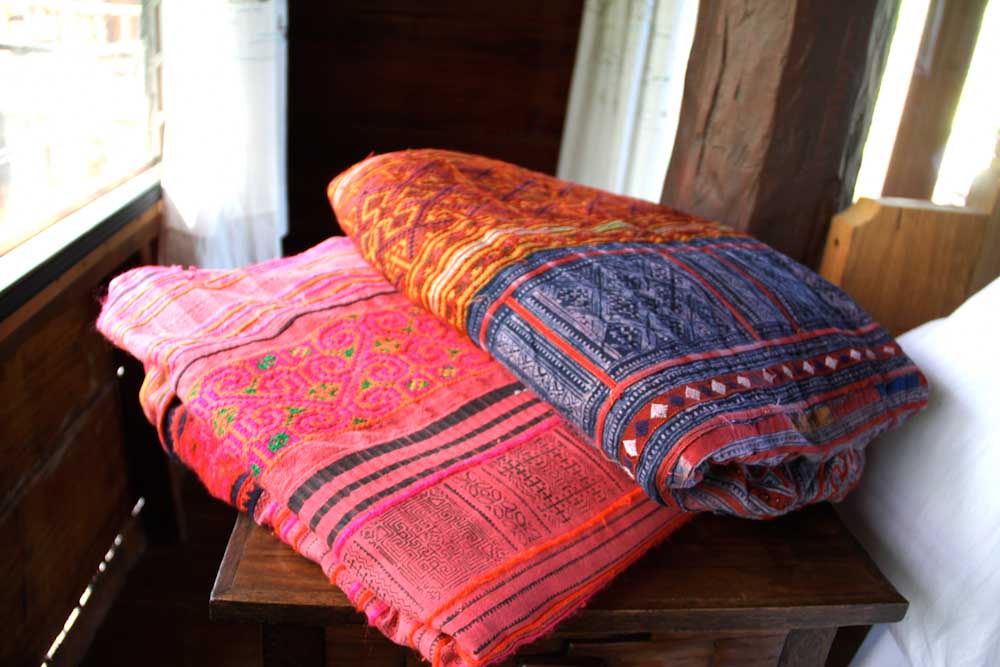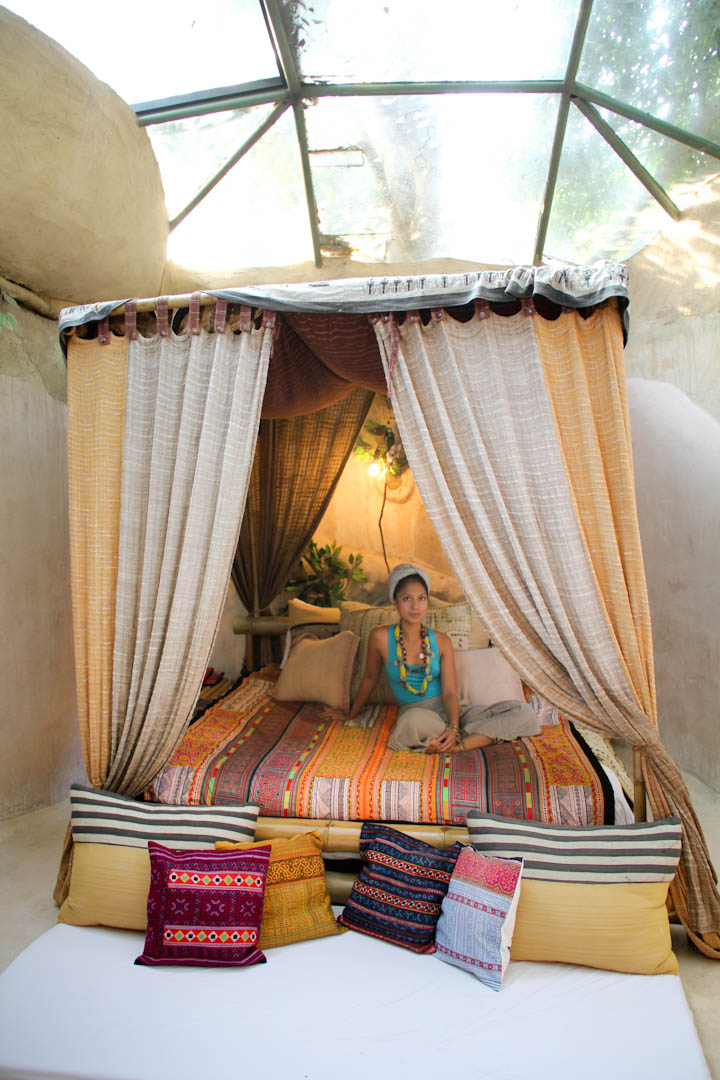
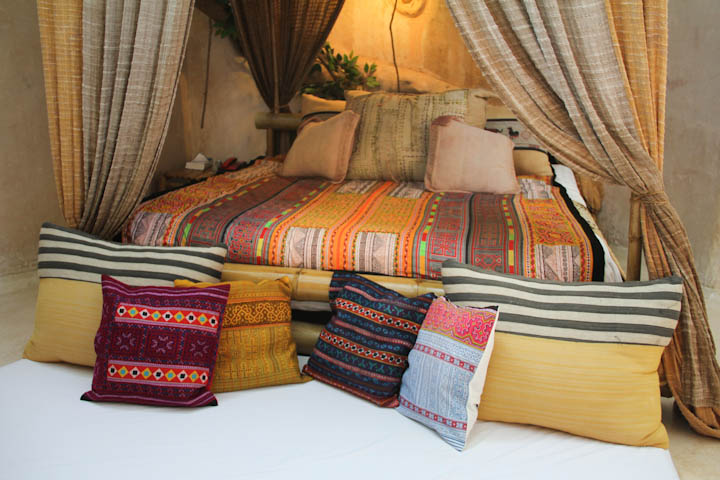
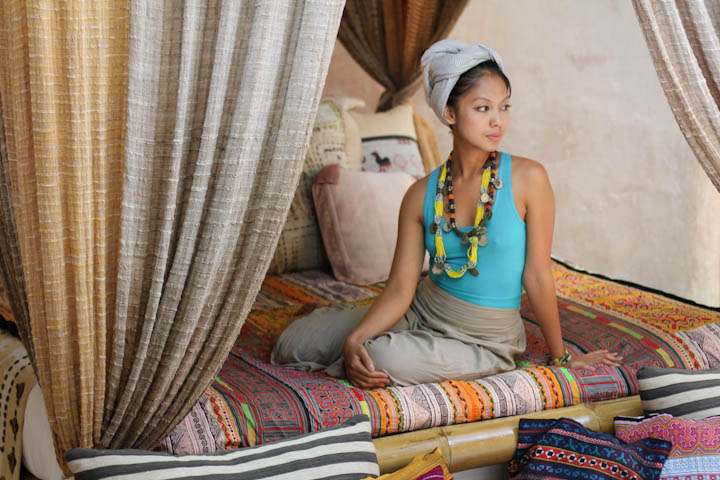
There’s something so beautifully organic about traditionally handmade threads, where each stitch creates a pattern, and each pattern holds a meaning. If we take a minute to pay attention to their details, we would unearth stories of the culture behind them. The faster this world spins perpetually into a technological age, I find myself aesthetically gravitating to pieces that I feel are quickly disappearing, techniques no longer widely practiced, and things that take translation. Maybe it’s my way of holding on and treasuring what was here and what is now. We’re all changing, the earth, our place in it, our lives, the people in it, and us. Whether we witness it or not, as we evolve we learn, unlearn, and relearn our way. Tonight we spend it here, under this glass dome to star-gaze and slow time down even if just for a night. Happy Friday everyone, hope you have an amazing weekend!
Find the tribal textiles and pillows in our shop here.
